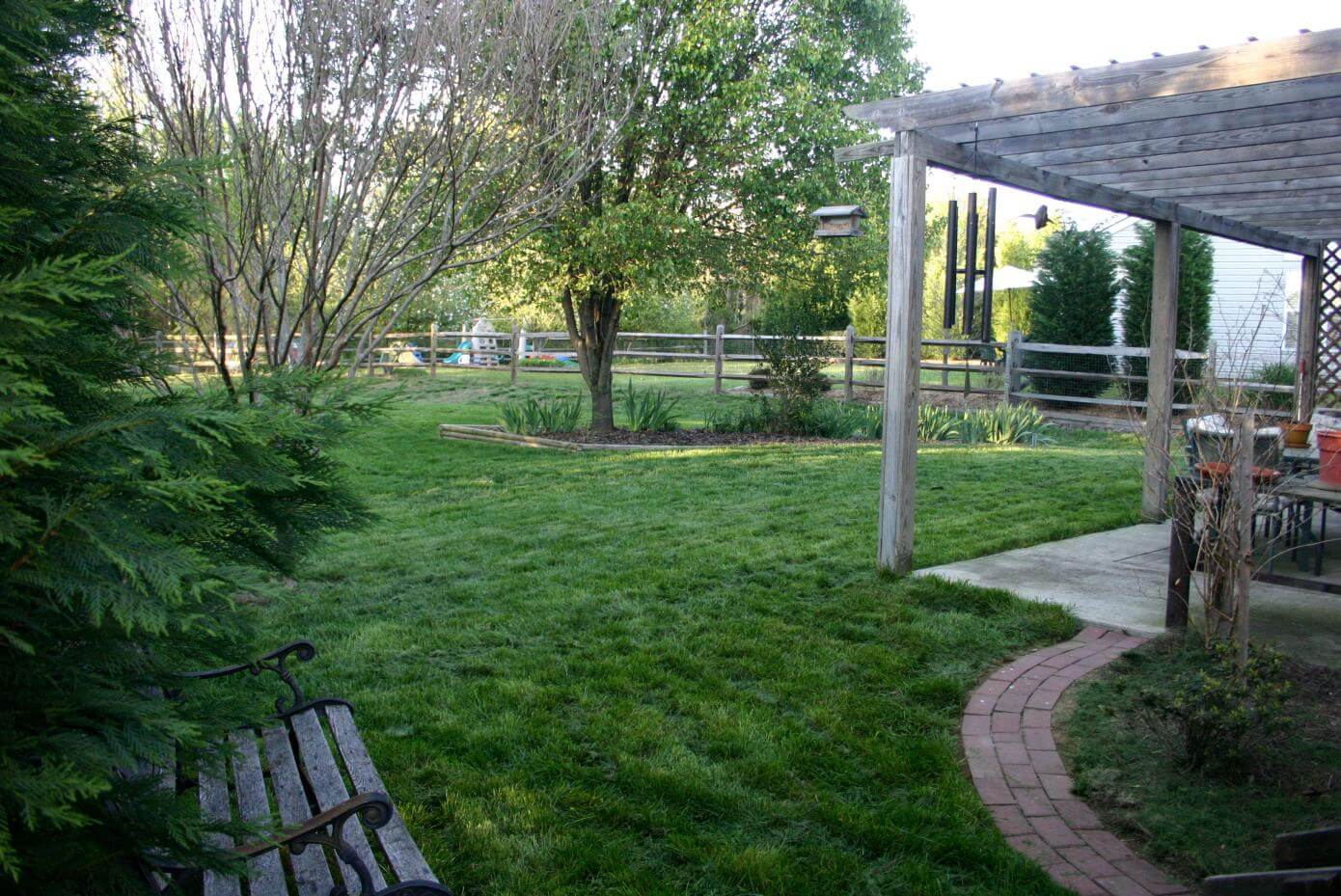Crop/Market Watch
While current supplies generally could be categorized as “sufficient” to “quite sufficient” in most crops, market pricing continues to be driven primarily by replacement cost at the seed grower level. The legume crops take exception to this statement, with markets being driven by traditional supply/ demand economic - supplies are down, demand is steady to up, and the prices are significantly higher. For instance, medium red clover growers estimate the crop will be down 20-25% from last year. Wholesale price is up nearly 60%, matching similar increases in white clovers.
On the topic of grower level replacement costs, the contract prices for ‘09 Kentucky bluegrass production are literally higher than many seed industry people have ever heard of. Willamette Valley companies are generally finding it challenging to place new acres of perennial ryegrass and tall fescue at prices that appear to have some sort of connectivity with the marketplace. Pacific Northwest farmers simply have many other very attractive alternatives to growing seed, including mint, wheat, barley, lentils, peas, potatoes, garbanzo beans, and onions, depending on their region.
The bottom line: Consumption levels, including short-term projected levels aren’t only taking a back seat to projected replacement costs; they are practically riding in the trunk!
Field Burning Issues Heat Up Again
While Idaho grass seed growers’ rights to burn their fields were returned to them last month, the Governor of Oregon just proposed legislation that would put a total ban on all grass field burning in the Willamette Valley. Back in 1991, the Oregon legislature significantly reduced the allowable burnable acres, cutting burnable acreage by 80% and establishing stricter rules governing when and where burning can take place. This legislation seemed to be somewhat of a workable solution for many years and still provided an option to growers that can’t use burning alternatives.
If the proposed legislation goes into affect, a total ban on Willamette Valley burning may go into place by 2011. This will likely make it even all the more difficult for seed growers to provide clean, high yielding seed at a affordable and competitive price. If it passes, some fear the ban would likely pave the way toward even more legislation that could affect the rest of Oregon.
Trending Toward Tall Fescue
As an example of the growing appeal that the newer tall fescues are generating, note these following three observations:
- We received this comment and photo earlier this year: “I seeded my lawn with a combination you provided in 2005 and 2006. I skipped seeding last year because of the drought, and also have been banned from watering since last summer. In spite of all this, the lawn still looks great this year.” (This blend included Titan Ltd, Rendition, and Kittyhawk SST, and a Kentucky bluegrass.)
- Sales of tall fescue to traditional “bluegrass-only” sod farms continues to rise. Many of our customers north of the Mason-Dixon line report continued increases in tall fescue sales compared to flat or decreasing bluegrass and ryegrass sales.
- Thanks to extension services, problem-solving websites, forums, and the like, everyday “common folk” are learning that tall fescues have the potential to reduce their water bill, cut the use of fertilizer, and even make their yard more pet friendly. Research conducted in Colorado back in the 80’s showed tall fescue significantly resists dog urine damage better than Kentucky bluegrass. This research is now commonly sited as one solution to reducing “doggy spots.”
At present, we know of no other turfgrass species that receives this much attention, or has this potential for growth. If prices continue to favor tall fescue for another lengthy stretch, we could expect many seed distributors will see a notable change in their product lines over the next few years.
